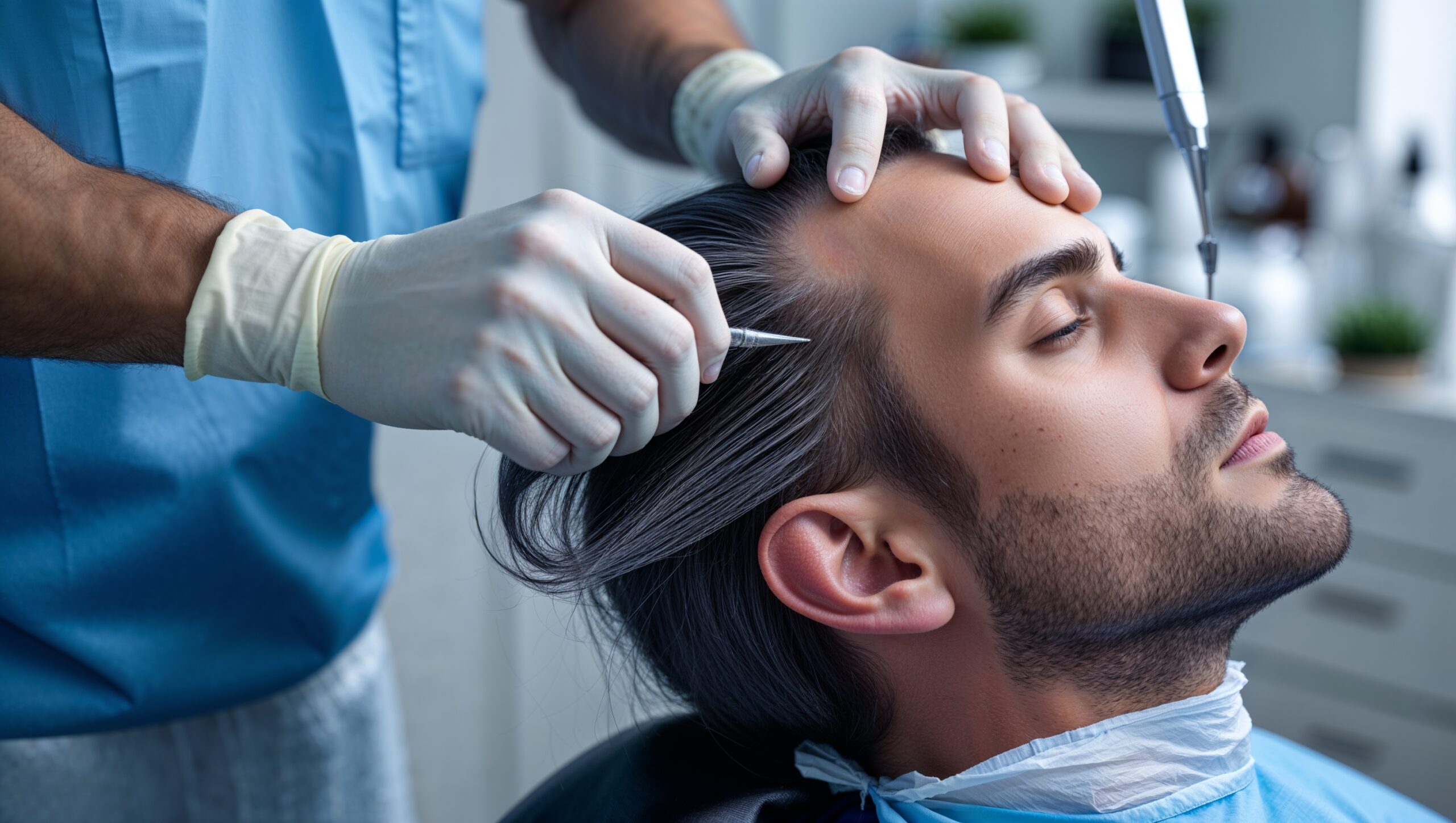Hair loss is a common concern affecting millions of people worldwide. Whether due to genetics, aging, or medical conditions, hair loss can impact self-confidence and self-esteem. Fortunately, modern medical advancements have made hair restoration possible through hair transplant procedures. This article explores everything you need to know about hair transplants, including their types, benefits, procedures, risks, and expected results.
What Is a Hair Transplant?
A hair transplant is a surgical procedure that involves moving hair follicles from one part of the body (donor area) to a balding or thinning area (recipient area). The procedure is commonly performed to treat male and female pattern baldness, receding hairlines, and thinning hair.
Types of Hair Transplant Procedures
There are two primary methods of hair transplantation:
1. Follicular Unit Transplantation (FUT)
- Also known as the strip method, FUT involves removing a strip of scalp from the donor area, typically the back of the head.
- The strip is then divided into individual follicular units and implanted into the recipient area.
- FUT is effective for covering large bald spots and offers long-lasting results, but it leaves a linear scar on the donor site.
2. Follicular Unit Extraction (FUE)
- In FUE, individual hair follicles are extracted directly from the donor area using a micro-punch tool.
- These follicles are then implanted into the recipient area, creating a more natural look.
- FUE is minimally invasive, leaves no linear scars, and has a shorter recovery time compared to FUT.
Who Is a Suitable Candidate for Hair Transplant?
Not everyone is an ideal candidate for a hair transplant. The following factors determine suitability:
- Stable Hair Loss: Candidates should have a stable pattern of hair loss for better long-term results.
- Healthy Donor Area: A sufficient number of healthy hair follicles in the donor area is crucial.
- Good Overall Health: Candidates should be free of medical conditions that could affect healing.
- Realistic Expectations: Understanding the achievable results is essential for patient satisfaction.
The Hair Transplant Procedure
A hair transplant procedure typically follows these steps:
- Consultation & Planning: The surgeon assesses hair loss, determines the best technique, and designs the hairline.
- Preparation: The donor and recipient areas are cleaned and numbed with local anesthesia.
- Follicle Extraction: In FUT, a strip of scalp is removed; in FUE, individual follicles are extracted.
- Graft Preparation: Hair follicles are carefully prepared under a microscope.
- Implantation: The follicles are implanted into the recipient area following the natural hair pattern.
- Recovery: Patients receive post-operative care instructions, including avoiding strenuous activities and protecting the scalp.
Benefits of Hair Transplant
- Permanent & Natural Results: Transplanted hair grows naturally and lasts a lifetime.
- Minimally Invasive (FUE): No major scarring, with quick recovery.
- Boosts Confidence: Restores self-esteem and improves overall appearance.
- Low Maintenance: Once healed, transplanted hair requires no special care.
Potential Risks & Side Effects
Like any surgical procedure, hair transplants come with some risks, including:
- Temporary swelling and redness
- Infection or scarring (more common with FUT)
- Shock loss (temporary hair shedding)
- Uneven hair growth in some cases
Recovery & Expected Results
- 1-2 Weeks Post-Surgery: Initial healing phase; scabs and redness fade.
- 1-3 Months: Shedding of transplanted hair (shock loss), which is normal.
- 4-6 Months: New hair growth begins.
- 12-18 Months: Final results become visible, with thicker and fuller hair.
A hair transplant is a highly effective and permanent solution for hair loss. With advanced techniques like FUT and FUE, individuals can restore their natural hairline and regain confidence. However, choosing a qualified surgeon and understanding the procedure, risks, and recovery process are crucial for the best results. If you’re considering a hair transplant, consult a professional to determine the best approach for your hair restoration journey.
